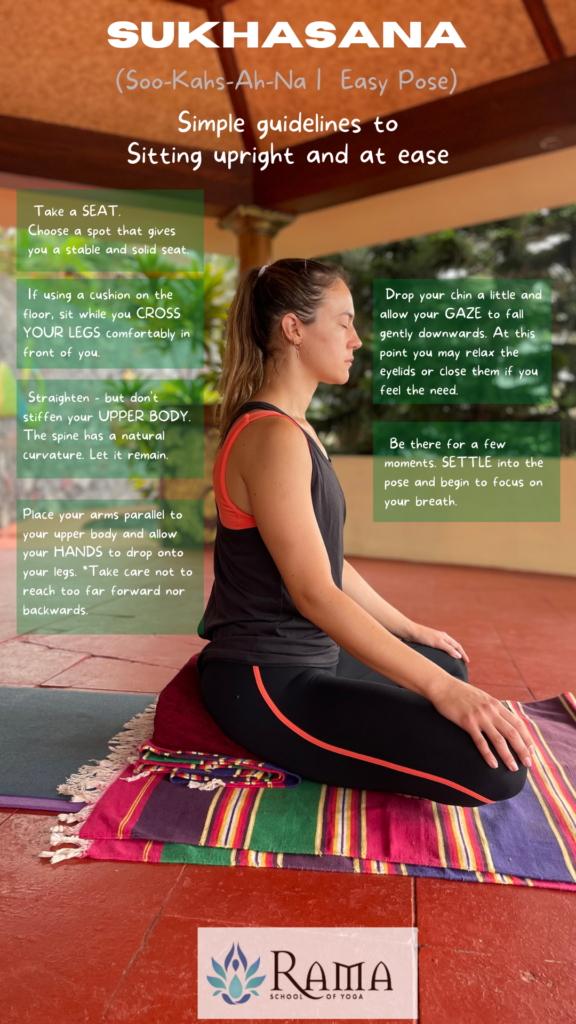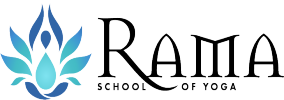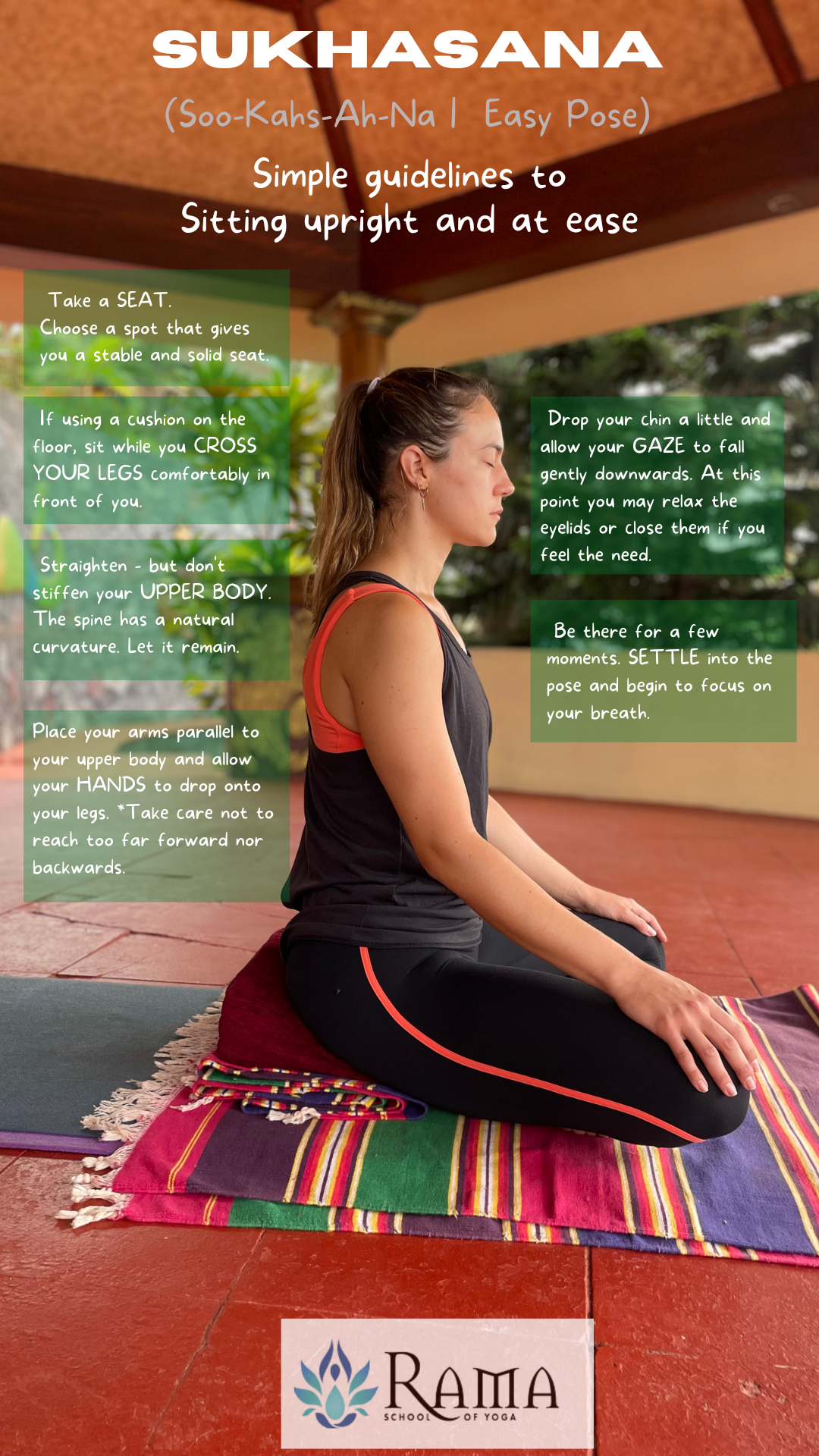
One of the main goals of yoga is to achieve a state of calmness and inner peace, and one way to do this is to learn to be at ease in yogic postures.
Yogic postures, or asanas, are a fundamental part of yoga practice. They are designed to help you stretch, strengthen, and balance your body, as well as improve your overall health and well-being. However, many people struggle with these postures and find them uncomfortable or even painful.
Learning to be at ease in these postures can help you get the most out of your yoga practice and achieve a greater sense of calm and relaxation.
Here are some tips for being at ease in yogic postures:
Focus on your breath: One of the most important aspects of yoga is learning to control your breath. Inhaling deeply and exhaling slowly can help you relax your body and mind, and this can be especially helpful when you are in a challenging posture. Focus on your breath and try to maintain a steady rhythm throughout the posture.
Listen to your body: It is essential to listen to your body when you are practicing yoga. If a posture feels uncomfortable or painful, it is essential to modify it or come out of it altogether. Pushing yourself too hard can lead to injury or further discomfort, so be mindful of your limits.
Use props: Props such as blocks, straps, or blankets can be helpful in achieving proper alignment and support in yogic postures. They can also make the postures more comfortable and accessible, especially if you are just starting with yoga.
Engage your core: Engaging your core muscles can help you maintain stability and balance in many yoga postures. This can also help you protect your back and prevent injury.
Relax your mind: Yoga is not just about physical postures; it is also about calming the mind. Try to let go of any tension or stress you may be carrying and focus on the present moment. Allow yourself to fully experience the posture, and don’t worry about achieving perfection.
Being at ease in yogic postures is an essential aspect of a successful yoga practice. By focusing on your breath, listening to your body, using props, engaging your core, and relaxing your mind, you can achieve a greater sense of comfort and ease in your practice. Remember that yoga is a journey, and it’s important to approach it with patience, compassion, and a willingness to learn and grow.





